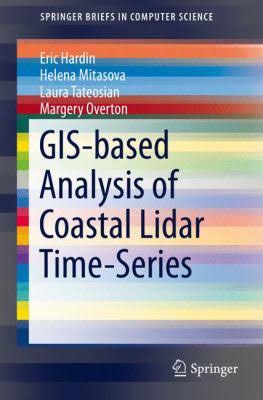Laura Tateosian
-

Python for ArcGIS (2016)
Author: Tateosian, L.
This 539 page book introduces Python scripting for geographic information science (GIS) workflow optimization using ArcGIS. It builds essential programming skills for automating GIS analysis. Over 200 sample Python scripts and 175 classroom-tested exercises reinforce the learning objectives.
Readers will learn to:
• Write and run Python in the ArcGIS Python Window, the PythonWin IDE, and the PyScripter IDE
• Work with Python syntax and data types
• Call ArcToolbox tools, batch process GIS datasets, and manipulate map documents using the arcpy package • Read and modify proprietary and ASCII text GIS data
• Parse HTML web pages and KML datasets
• Create Web pages and fetch GIS data from Web sources.
• Build user-interfaces with the native Python file dialog toolkit or the ArcGIS Script tools and PyToolboxes
This is designed as a primary textbook for advanced-level students in GIS. Researchers, government specialists, and professionals working in GIS will also find this book useful as a reference. Exercises, sample datasets, and sample scripts are included for each chapter. Instructors may apply for solution sets.
Coming soon: Py4All an online automatic feedback tool for the exerises in the book.

GIS-based Analysis of Coastal Lidar Time-Series (2014)
Authors: Hardin, E., Mitasova, H., Tateosian, L., Overton, M.
This SpringerBrief presents the principles, methods, and workflows for processing and analyzing coastal LiDAR data time-series. Robust methods for computing high resolution digital elevation models (DEMs) are introduced as well as raster-based metrics for assessment of topographic change. An innovative approach to feature extraction and measurement of feature migration is followed by methods for estimating volume change and sand redistribution mapping. Simple methods for potential storm impacts and inundation pattern analysis are also covered, along with visualization techniques to support analysis of coastal terrain feature and surface dynamics. Hands-on examples in GRASS GIS and python scripts are provided for each type of analysis and visualization using public LiDAR data time-series. GIS-based Analysis of Coastal Lidar Time-Series is ideal for professors and researchers in GIS and earth sciences. Advanced-level students interested in computer applications and engineering will also find this brief a valuable resource.
